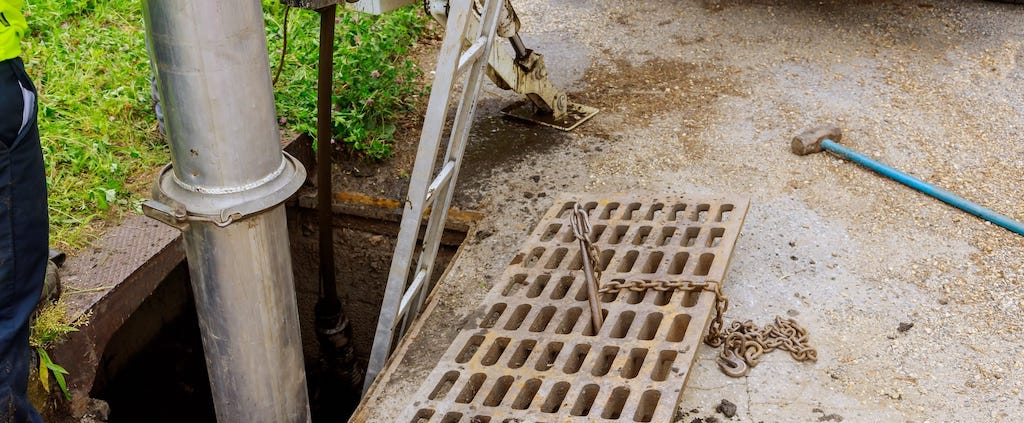Lockout/Tagout: OSHA’s Minor Servicing Exception

OSHA’s Control of Hazardous Energy Standard (29 CFR 1910.147), commonly referred to as Lockout/Tagout, was promulgated on September 1, 1989, and became effective on January 2, 1990. It is estimated that this OSHA standard prevents an average of 120 fatalities and 50,000 injuries each year. Employees performing maintenance, service, or repair tasks on powered machinery […]
The Comprehensive Fiscal Impact of Workers’ Compensation Injuries

The U.S. Compliance Wellness Team Purpose: To provide comprehensive wellness solutions to reduce and control ergonomic risks, thereby supporting business leadership to Care for their personnel’s health and productivity at work and at home, Protect their business well-being by minimizing costs related to their most valuable assets, and promote Growth of their business as fiscal […]
Transition Your Online Training to a Learning Management System (LMS)

U.S. Compliance is thrilled to announce our investment in a Learning Management System (LMS), a software solution to support the high demand and volume of our client’s online training needs. The LMS seamlessly integrates into our toolkit of existing digital solutions in the EHS Gateway combined with our onsite services. The LMS provides you easy […]
NAICS Codes – Using Them to Improve Your Safety Focus

What are NAICS Codes? Since 1997, the North American Industry Classification System (NAICS), pronounced “Nakes,” has been a collaboration between the United States, Mexico, and Canada to provide statistical comparability amongst North American industries. It is a system that is updated every five years and is designed to group North American industries based on their […]
OSHA Citations in 2023 and Understanding the New Enforcement Guidance

On November 2, 2015, The Federal Civil Penalties Inflation Adjustment Act was passed in Congress. Under the Act, agencies, including the Department of Labor, are required to annually adjust civil monetary penalties to account for inflation. The Department calculates the adjustment based on the Consumer Price Index for all Urban Consumers (CPI-U), utilizing the change […]
Safety and Cold Conditions in Manufacturing

In the winter months, it’s important to prepare for the challenging weather conditions that come with the season, including frigid temperatures and strong winds. Whether your employees work outside in these harsh conditions or if they are exposed to cold temperatures in an indoor manufacturing or warehouse facility, providing them with an environment free of […]
Confined Space Entry: Permit or Non-Permit?

According to the Bureau of Labor & Statistics (BLS), there were 1,030 confined space entry fatalities across all fifty states from 2011 to 2018. In addition, confined space fatalities increased from 120 in 2011 to 148 in 2018. Permit or Non-Permit? For those that may not know, in 29 CFR 1910.146(b), OSHA defines a confined […]
Injury Prevention: Management of Non-Routine Tasks as a Method to Reduce Risk

Non-routine tasks arise in nearly every workplace and can present multiple risks to employees. For standard, everyday processes, understanding risks and how to minimize interaction with these risks is fairly straightforward to evaluate and control. When unexpected tasks need to be addressed quickly, it can be challenging to assess and manage the issue in a […]
Industrial Hygiene – Tips for Effective Site Surveys

What is Industrial Hygiene? The American Industrial Hygiene Association (AIHA) defines industrial hygiene as “a science and art devoted to the anticipation, recognition, evaluation, control, and confirmation of protection from those environmental factors or stresses arising in or from the workplace which may cause sickness, impaired health and well being, or significant discomfort among workers […]
OSHA’s National Emphasis Program on Heat-Related Hazards

Earlier this year, the Occupational Health and Safety Administration (OSHA) released its National Emphasis Program (NEP) on Outdoor and Indoor Heat-Related Hazards. The stated aim of the NEP is to “identify and eliminate or reduce […] occupational heat-related illnesses and injuries” by focusing on specific industries where such hazards exist. In the past, heat-related inspections […]
